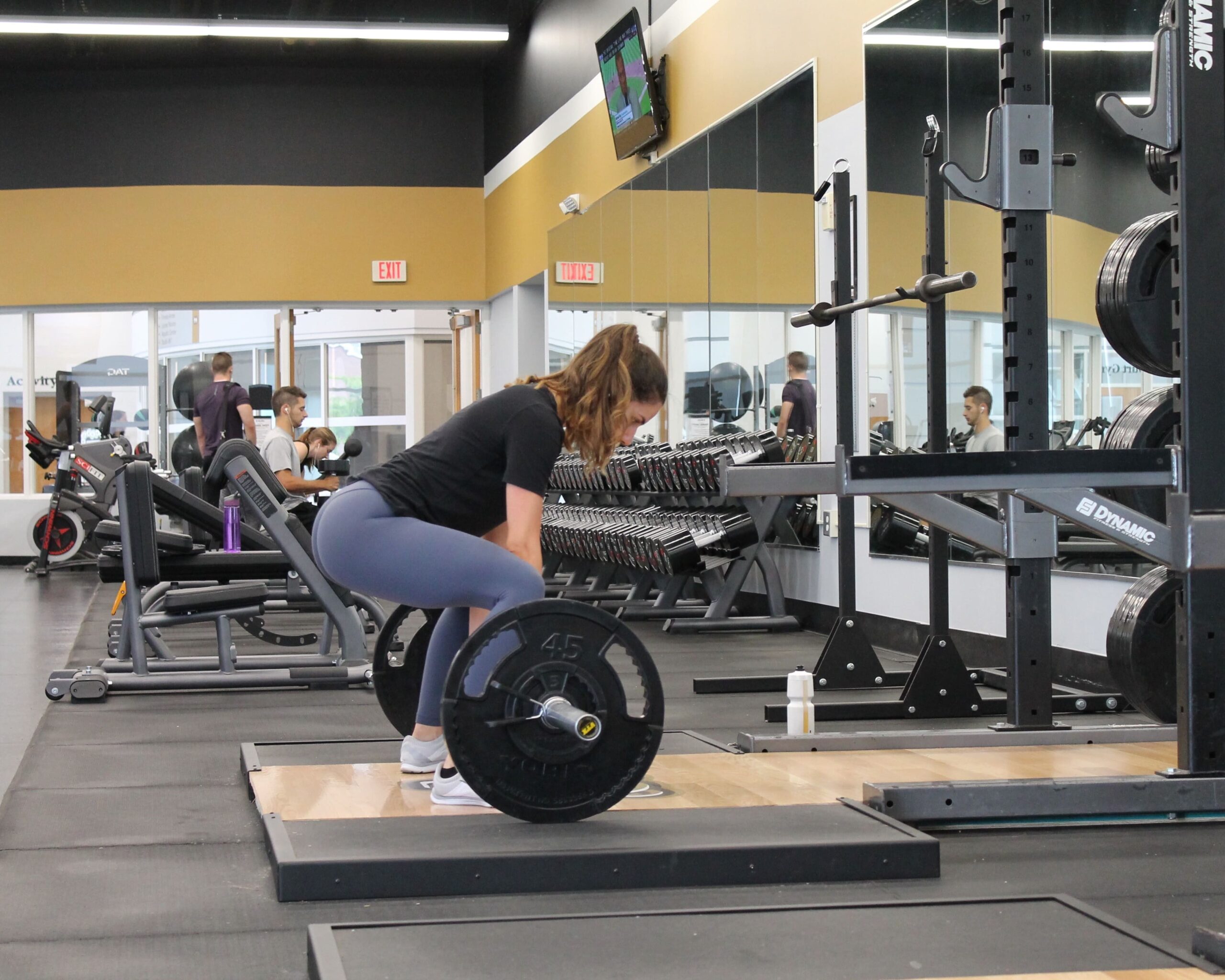Just because you can do something doesn’t mean you should do something.
These are words to live by at least when it comes to working out and injury prevention. What does this mean exactly in relation to working out?
Just because I can lift 300 pounds (I can’t but for the sake of discussion let’s pretend I can) on a barbell does not mean my body is ready to do it. I may not be injured on the first pull but over time I increase my risk of injury with wear and tear. It will also become more difficult and higher risk of injury when I go to increase that weight.
Think of the body like building a house. If the house does not have a strong foundation, then it will not be able to support its growth and will not be structurally sound.
Unfortunately, just like building a house, we put too much focus on the final result and the big Personal Record (PR) that we forget to focus on the foundation because foundation isn’t “sexy,” but it is necessary when it comes to injury prevention.
However, do you know what is “sexy?”
Having a body that is pain free, having a body that functions well, and having a body that works for us not against us.
So what does building a foundation look like?
Usually, it means bringing down the weights we currently “think” we can do in an effort to do the movement perfectly, which will ultimately make it easier in the future to lift more. But there’s the problem, most don’t want to move their weights down. They are proud of what they can lift, which is great but is that a true number? And, at what cost?
Working at a gym, I see a number of young athletes come to get stronger for their sport. However, they often end up with injuries and, or are doing damage to their bodies that they won’t know about until later in their lives. Working out shouldn’t cause injury but be a vehicle to a higher performing body.
Oh, the irony in working out for high sports performance only to be injured and unable to compete in the sport.
The purpose of working out for sports should include preventing injury within the sport as well as sport performance. If your body is built to not be injured then ultimately performance and skill will improve.
Back to the house metaphor, if I build a house out of bricks with no poured foundation, it can still be uprooted when a tornado hits it. But if I build a house with a strong foundation, the likelihood goes way down that I will lose everything I have worked for. The same is true when it comes to training: it does not matter how strong I am if I lack the stability needed.
Who cares how much I can deadlift if when I go to make a cut on the field and blow out my knee?
In an article written by Cailin Connor of the American Academy of Orthopaedic Surgeons, she writes, “From 2015 to 2019, high school athletic trainers reported 15,531 injuries during 6,778,209 [athletic exposures], with an overall rate of 2.29 injuries per 1,000 [athletic exposures]. However, an estimated 5,228,791 injuries occurred nationally, highlighting the need for injury-prevention strategies.”
Other points of interest:
– “Injury rates were higher in competition compared to practice, with sprains/strains (36.8 percent) and concussions (21.6 percent) being the most common diagnoses. The most injured body sites were the head and face (24.2 percent), ankle (17.6 percent), and knee (14.1 percent), with fractures representing 3.5 percent of all injuries and being more common in boys’ sports (4.2 percent) than girls’ sports (2.0 percent).”
– “The study also found that 39.2 percent and 34.0 percent of injuries resulted in a time loss of less than one week and one to three weeks, respectively. Seven percent of injuries led to a time loss of more than three weeks, and 20.9 percent of injuries led to medical disqualification for the season or the athlete’s career, inability to return to play before the season ended, or an athlete’s decision to not continue with the sport.”
Building foundation might not be exciting whether it is the house or your body, but it is the basis of success of both.
Megan Sayre-Scibona is a FAN freelance writer who lives in Woburn, Massachusetts.




